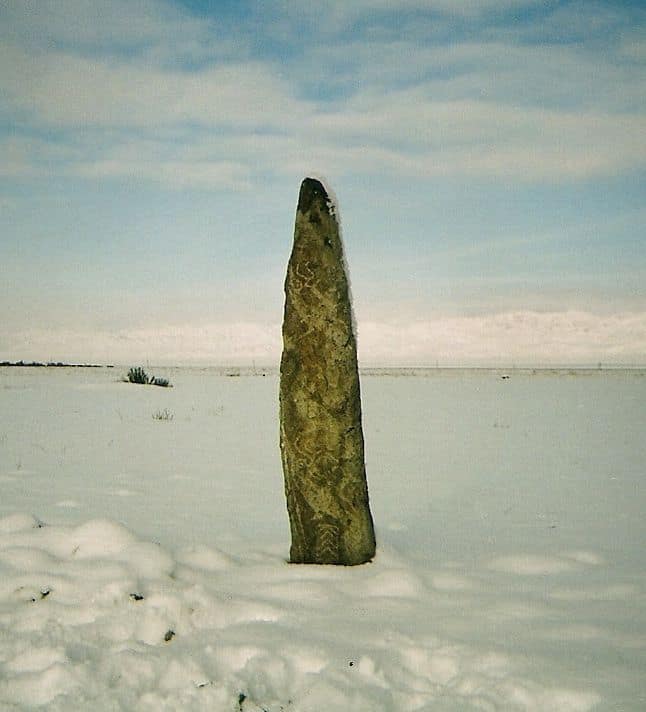For some climbers vans have become the ultimate commodity, a personified good that goes far beyond their initial displacement function. In Spain, well-known climbing locations are full of color: red, yellow, blue, and green Mercedes, VW, Fiat, or Citroen climbers’ vans. In the USA, the vans are made by GMC, Chevrolet or Dodge, have bigger engines and terrible gas mileage. Besides transportation, they somehow cater to sleeping, cooking, eating, chatting, working and many more off-road pastimes. Much as in MTV’s Pimp My Ride, climbers compete to produce the best indoor arrangements, stretching creativity and imagination when turning limited space into comfortable living – comfortable enough to accommodate for days, weeks or even years. Mine was white, old, extremely heavy on gas consumption, and not in the best shape of its career. We first met in Los Angeles last January on a trader’s parking lot. After signing the deal, we spent 15,000 miles together. I had a little set-up in the back that included a queen-size bed, a kitchen, and space to stock my gear and clothes. I did not give it a name but our relationship was special: on the cusp of Love and Hate. It was my first and therefore a unique possession in a foreign country. It provided me with a firsthand place to sleep and cook, besides driving me all over the place: west to east, north to south. Yet my little Safari van was also excellent at failing in the middle of nowhere, revealing himself, over time, to be a huge money waster. Distributor, gas pump, radiator, direction finder, multiple leaks: I bet I changed almost half its parts in less than a year. I understood later why it was so cheap. Bought in LA, sold in LA. R.I.P.
Check out Guillaume Dumont’s earlier AVMoFA post about climbing shoes.





